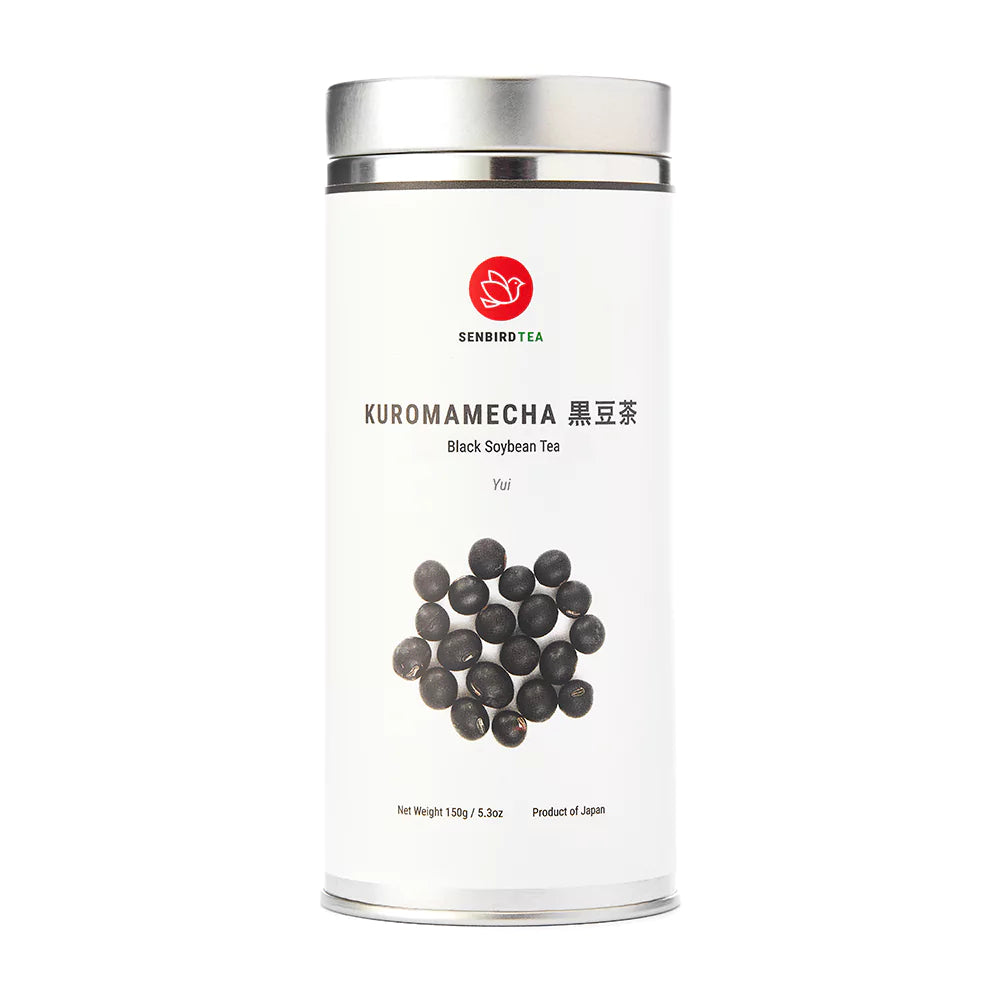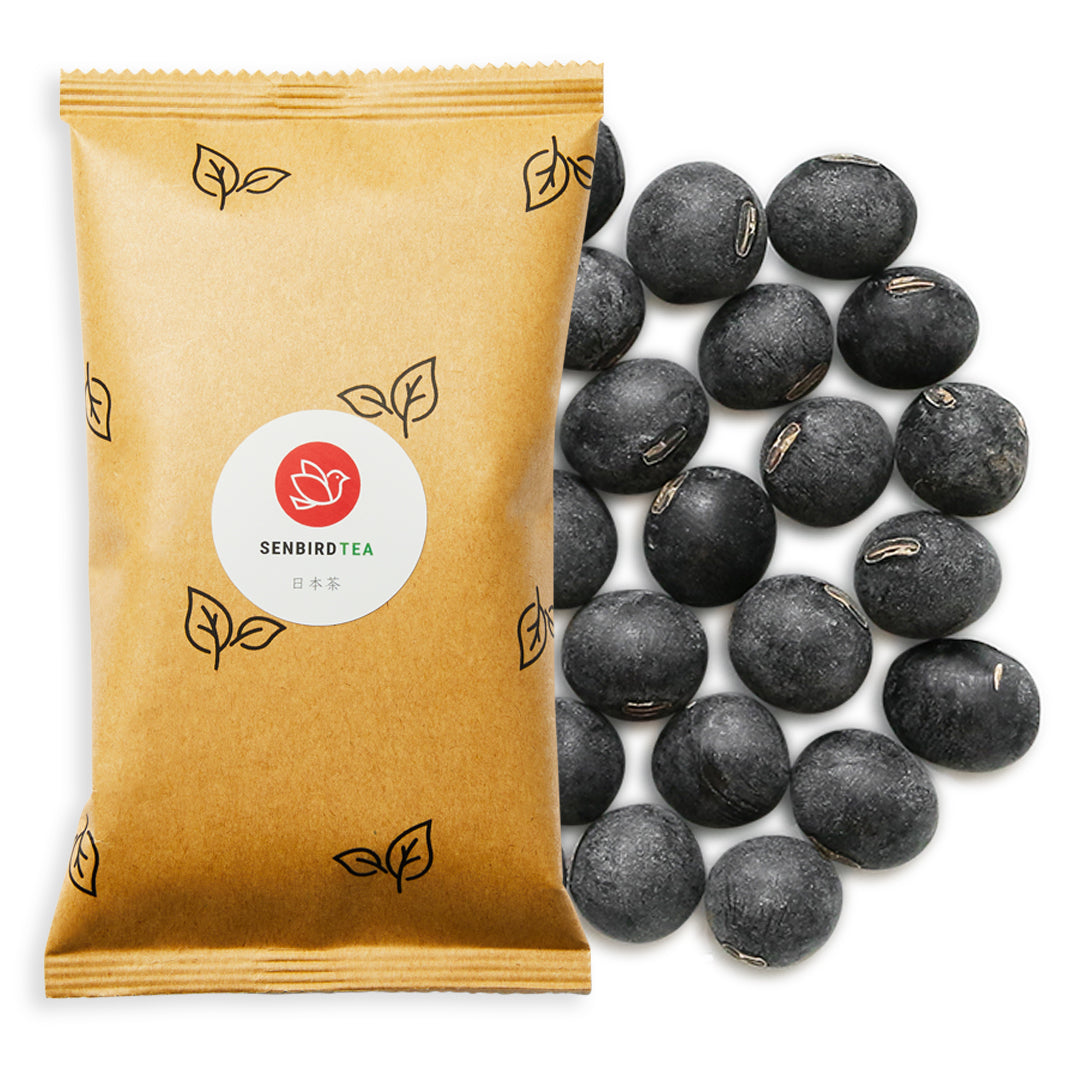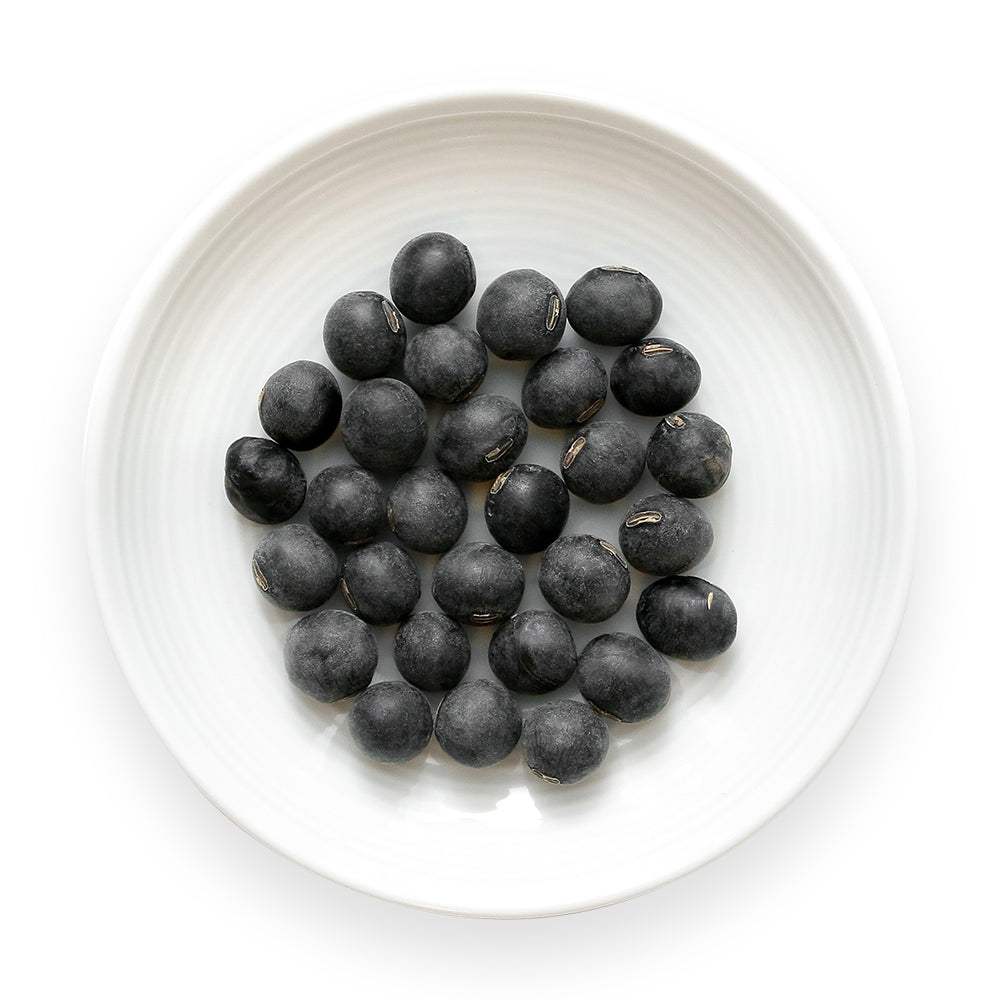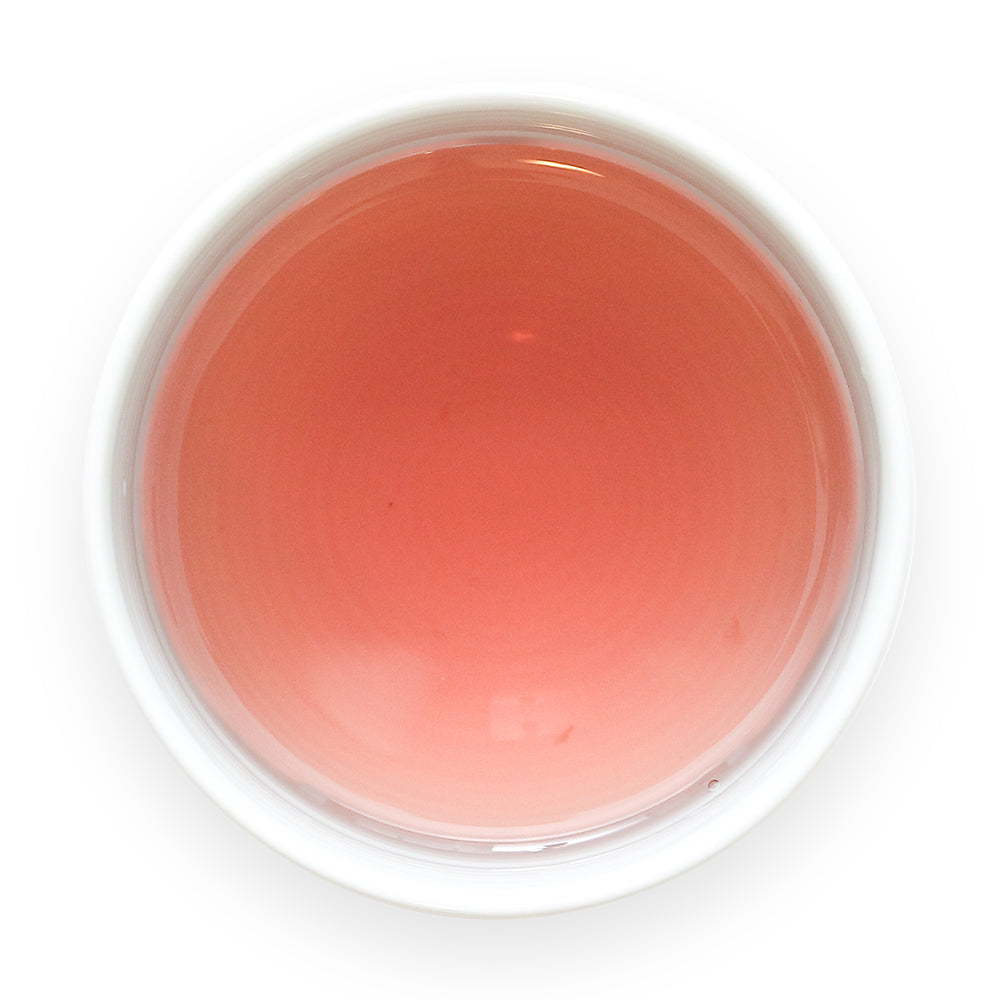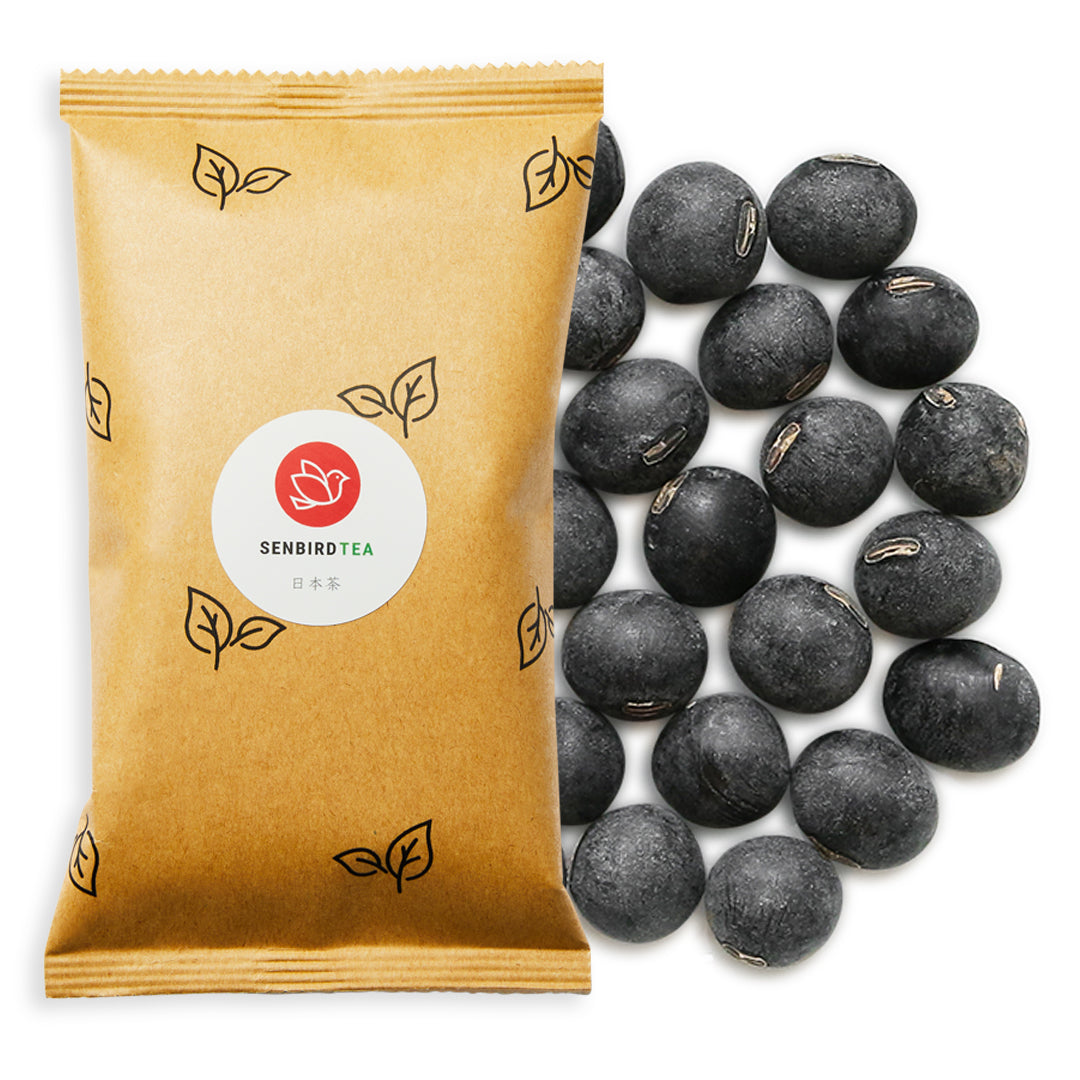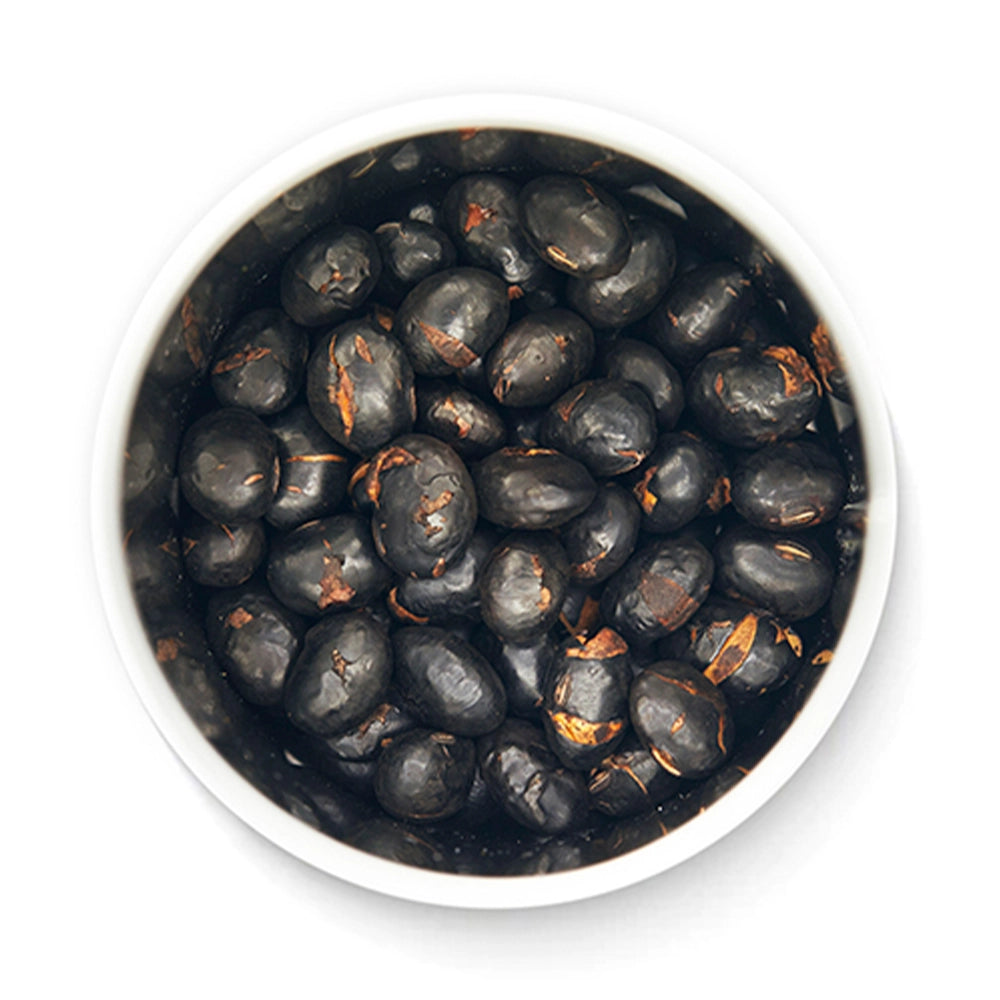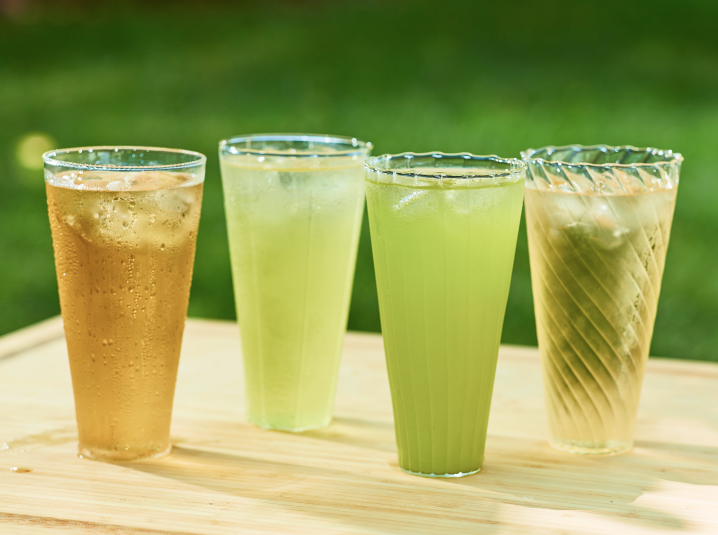
A Guide to Japanese Cold Brew Tea
Any Japanese tea is delicious both hot or cold, although, during warm weather, it's no surprise that many prefer to drink cold brew tea. This is a full guide to help you enjoy your Japanese teas cold, whether you always prefer Japanese cold brew tea or you want to change things up for the warmer months.
There are different methods in brewing Japanese iced teas and the final products are completely different in taste based on the method you chose to use. There are cold brew methods such as Mizudashi and Kooridashi, as well as the traditional hot brew over ice method to make regular iced tea.
Follow along with our guide below to see which Japanese iced tea is right for you, and how you can make and enjoy your own at home.
Types of Japanese Cold Brew Tea
JAPANESE COLD BREW GREEN TEAS
Iced green teas are super refreshing and perfect for when you need a quick pick-me-up or a palette cleanser with your meals. Packed with extraordinary health benefits from high concentrations of catechins, enjoy a variety of green teas with various caffeine levels. They are versatile tea that you can drink throughout your day and is the most popular in Japan.
- Iced Sencha: Japan’s most popular tea variety. Sencha has a delicate, refreshing vegetal flavor with grassy notes.
- Iced Genmaicha: A roasted mix of sencha or bancha with brown rice. Genmaicha is aromatic and rich, with a toasted flavor carrying hints of sweetness and great health properties.
- Iced Hojicha: Low in caffeine due to being pan-fried, Hojicha has a nutty, toasty flavor and aroma, and supports good digestion.
- Iced Gyokuro: A high-grade sencha prepared from the tips of tea leaves shaded from sunlight two weeks before harvest, Gyokuro tea has a mild and sweet umami taste and great health benefits.

JAPANESE COLD BREW HERBAL TEAS
Iced herbal teas are a foolproof, no-caffeine option that is perfect for everybody at any time of day. Herbal teas come with great health properties including promoting good heart health and digestion. Pairs well with all meals and is a popular choice for muggy summers.
- Iced Mugicha: Mugicha is a refreshing tea that has a roasted, toasty flavor with no caffeine or calories. Notably, it is very popular during the summer seasons in Japan.
- Iced Sobacha: Sobacha is made of roasted kernels of buckwheat and has a nutty roasted taste and subtle sweetness.
- Iced Kuromamecha: Kuromamecha is made from roasted black soybeans, producing a tea that has a savory aroma and a toasty taste with a slight sweetness.
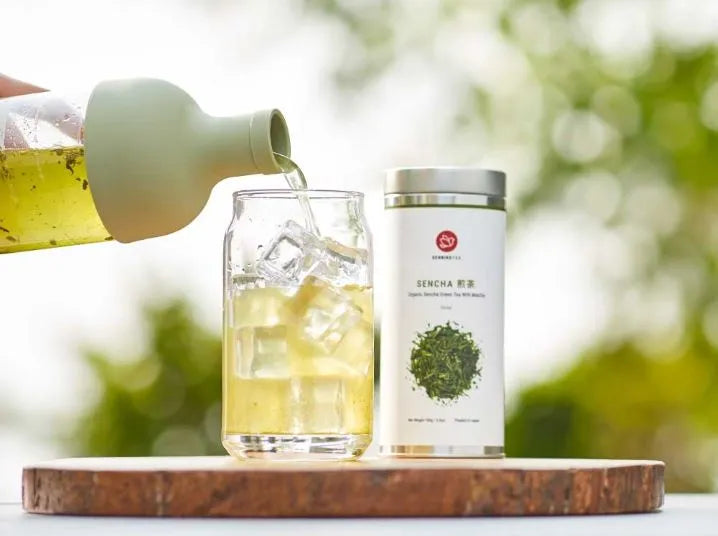
Japanese Cold Brew Tea Vs. Traditional Japanese Iced Tea
Indeed, the cold brew method will always get you a sweeter and smoother taste without any bitterness because the cold water keeps the astringent flavors from catechins released into the brew. If you want a tea with more sweetness and umami, you should try a cold brew method. However, cold brew methods will take more time as the tea leaves need to steep longer to open up and release their flavors into the water. Many people say that the wait is worth it for the sweet umami flavor.
Cold brews also have less caffeine as it does not extract as much of the tea leaves as hot water would. If you are looking to have a lot of caffeine, the traditional hot brew over ice method might be for you. On the other hand, if you are trying to limit your caffeine intake, cold brew may be the way to go.
Japanese teas have great health benefits, especially because of their light processing methods. In particular, the cold brew method extracts more catechin, which means it may release more nutrients from the tea leaves in comparison to standard hot brewing.

How To Brew Your Iced Japanese Teas
The Traditional Hot Brew Over Ice Method
- Brew your tea as usual, as when you’re making hot tea.
- Remove tea leaves and allow the brew to come to room temperature.
- Put the tea in the fridge for 4-5 hours until cold and enjoy over ice.
** For a faster cup of tea, use 2-3 times more tea leaves with the same amount of water. When finished brewing, pour directly on top of the ice. The remaining tea leaves can be used to make cold brews!
The Japanese Cold Brew Method
Kooridashi - “Ice Brew” Method
** This method is recommended for high-grade teas such as Gyokuro. Try it with our other green tea varieties as well.
- Put the tea leaves in a kyusu or teapot without a tea strainer and spread thinly for easy extraction. **Using a tea strainer is not recommended, as the extracted tea may get lukewarm over time at room temperature. If you would like to use a tea strainer, we would encourage you to leave the ice to melt in the fridge overnight.
- Put the ice directly on top of the tea leaves.
- Leave the teapot at room temperature for 4 to 5 hours or leave it in the fridge overnight. After the ice melts (it’s okay if the ice is not completely melted), shake it gently to even out the tea extract and pour it into teacup(s). Enjoy!
Mizudashi - Leaves In Cold Water Method
- Add tea leaves and cold water together in the same pitcher or cup. We recommend 1g of loose tea to 30ml of water.
- Leave the tea in the fridge and wait 4-5 hours to steep. You can leave it for shorter or longer based on your personal preference. The longer you steep, the stronger the flavor will be.
** For a bolder flavor and aroma, steep the loose tea in water without the filter, so the leaves have space to move around and extract properly.

Which Japanese Iced Tea Will You Try?
We love our Japanese iced teas and hope you will too. A popular iced tea beverage we didn’t mention here is iced matcha lattes and iced hojicha lattes-- both delicious and worth trying as well. If you tried out any of our iced tea brewing methods, let us know how it went!
If you want to read more articles on tea guides, check them out here:
- 10 Different Types of Japanese Tea
- 4 Health Benefits of Drinking Tea
- 6 Cold Brewing Tea Tips for Japanese Teas
- 5 Tips for Having Japanese Tea Outdoors
- The Origin of the Name "Tea"
- Where Tea Originated: A Brief History of Tea in China, Japan and the West
- How to Meditate with Tea
- How to Practice Mindfulness with Tea
Share your moment with us and stay connected on:








